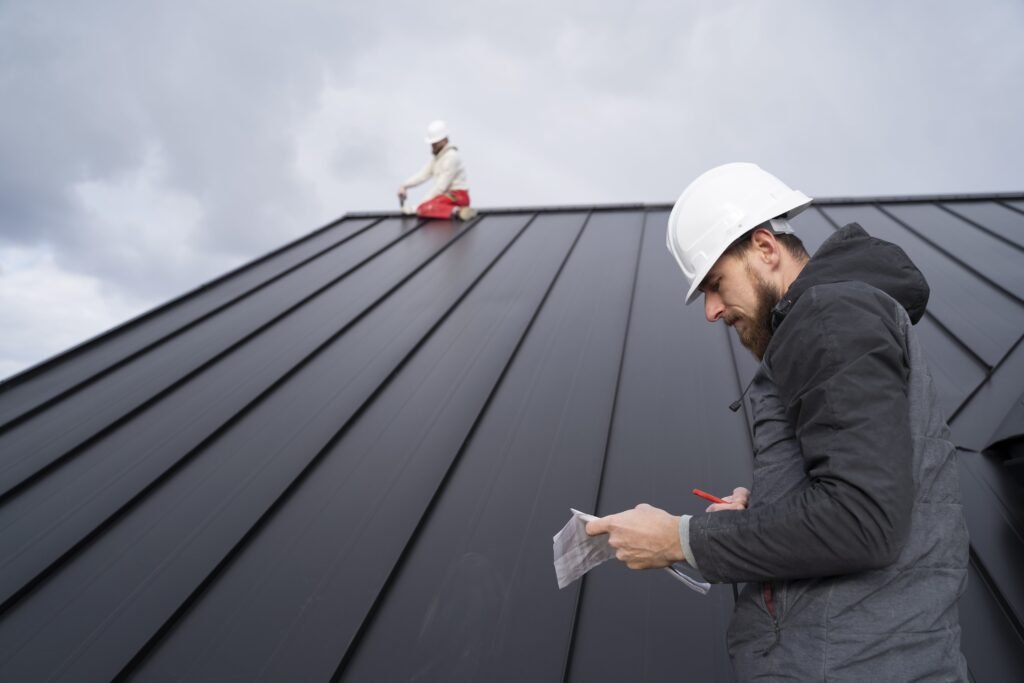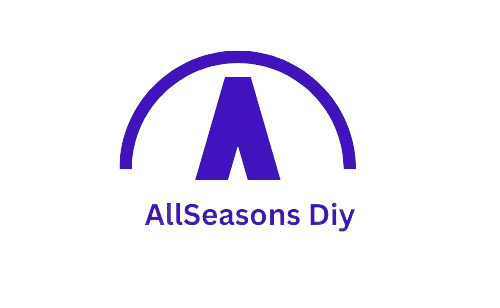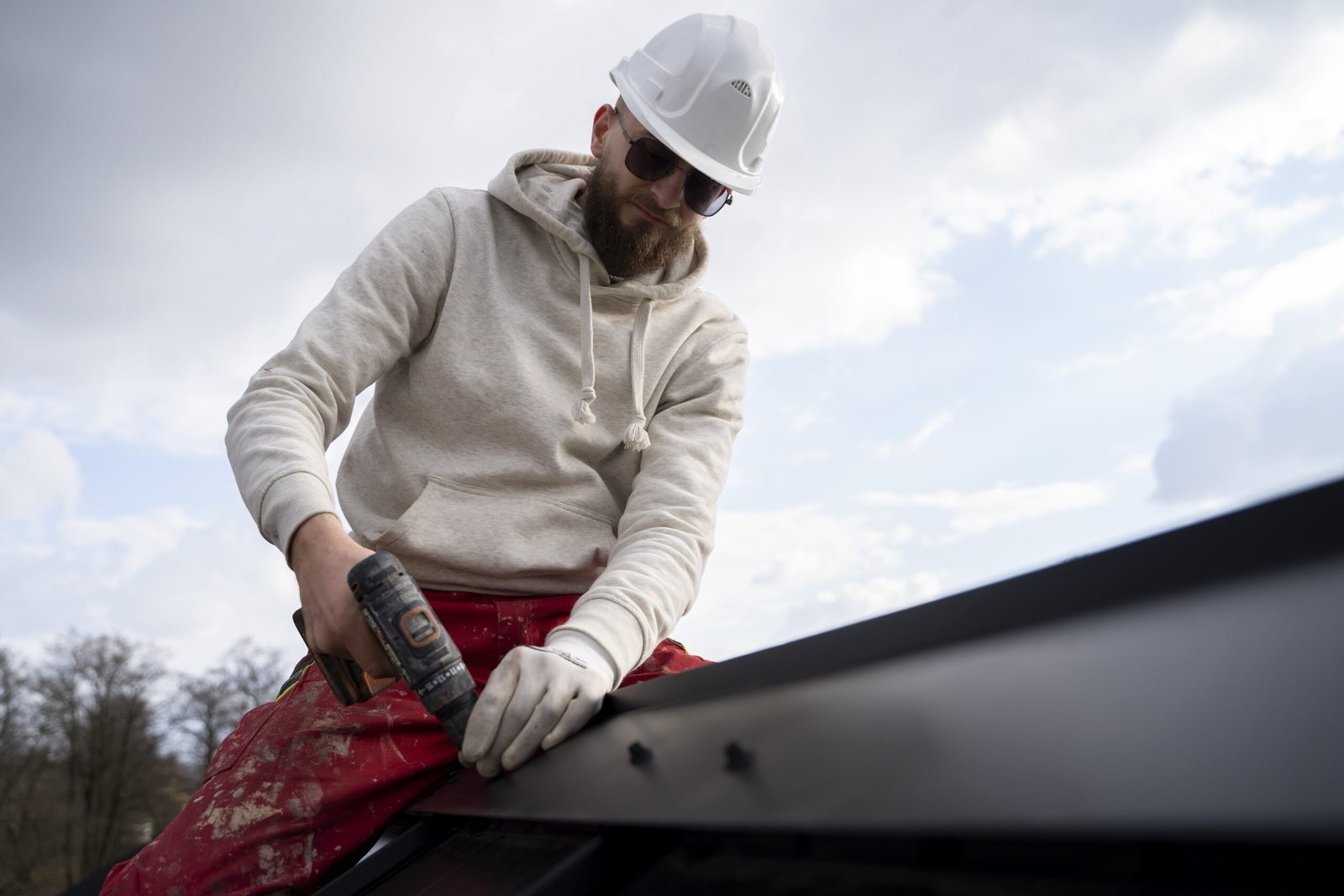Top Tips for Spring Roof Inspection- What to Look for This Season
As winter ends and spring begins, it’s a great time to go outside and check your roof. Winter can be tough and may cause problems that could affect how well your roof holds up. Doing a detailed inspection of your roof in spring is important to make sure your home stays safe from the weather, which can be quite changeable in spring.
Checking your roof’s shingles and gutters may not be the most fun way to spend a Saturday, but it’s very important to spot small issues before they turn into big, expensive repairs. This article will give you the best tips for a thorough spring roof inspection. We’ll show you what to watch out for and how to fix any problems. With a bit of know-how and some basic safety equipment, you can make sure your roof is ready for the upcoming season.
What are the Importance of Regular Roof Inspections?
Home is one such important part of our life that we often underrated. A regular roof inspection can provide a lot of value. The regular roof inspection, mainly carried out in the spring can be just one effective proactive step in the way of making your roof long-lasting and keeping its ability intact to guard your house against damages caused due to weather.
The greatest benefit of occasionally inspecting your roof is catching possible problems early. Small issues, such as cracked or missing shingles, clogged gutters, or leaks, can easily be repaired and don’t cost much if found early. Otherwise, those small problems can glance at large concerns that can finally create heavy and costly repairs. For example, a small unseen leak can cause water intrusion, which rots wood or damages insulation, leading to mold and mildew issues inside your house.
Secondly, scrutinizing your roof from time to time ensures that it is kept in good condition and hence will have an extended life. Therefore, a roof kept under good conditions will enhance energy efficiency in your home since it will guarantee proper ventilation and insulation. Finally, knowing the condition of your roof brings peace of mind, as you understand what is there and can prepare in advance for any necessary changes in the future.
What Tools You’ll Need for a Roof Inspection?
The following is a list of important items that you should have ready and available before you start climbing up to inspect your roof this spring. The major part of these things is meant to make the process efficient and secure.
- Tools: Have a strong and extensible ladder to safely access the roof. Make sure it is in good condition and always secure the ladder properly before climbing.
- Safety Gear: Safety should always be on priority. Get yourself equipped with a safety harness, safety gloves, and non-slip shoes to avoid any awkward situation. Some safety goggles will also help keep debris from poking out your eyes.
- Flashlight: For looking in the dark into all the areas, it’s essential where natural light does not reach, especially underneath the eaves.
- Camera or Smartphone: Documentation is very important, hence have a camera or equivalent device to take pictures of problems that may come up from the inspection. It is useful for insurance claims or when consulting with professional roofing contractors.
- Binoculars: If you don’t feel like getting up on the roof or just want a way to take a quick look at it, have a pair of binoculars.
- Chalk or Marker: Use them to outline any area you think needs more attention in the inspection process or to be repaired.
- Tape Measure: This comes in quite handy in taking measurements where you may need more material to replace or want to confirm damage.
- Roofing Gauge: This tool helps you to determine the state of wear and tear your shingles are in and if they are close to exhausting their lifespan.
With those tools in hand, it will not only help you to inspect your roof properly but will also make sure you take the necessary safety measures. Always remember, if at any point the inspection feels unsafe, it’s wise to call in a professional roofer.
Visual Inspection from the Ground
Before going up on the roof, gazes from the ground at the roof are important to give an initial assessment of the roof’s condition. It is an initial secure measure and can help one to identify obvious problems that need a closer glance. The following is how a homeowner effectively checks the roof using from-ground visual inspection:
- Overall General Appearance: Start by looking at the general appearance of the roof. Look for any visible sagging or uneven roof lines, which could indicate structural issues. Pay attention to the symmetry of the roof and any visual distortions.
- Look at the Material Shingles: Examine the shingles from a distance with binoculars. Check for missing, cracked, curling, or blistering shingles. These conditions suggest that the shingles are old or have been damaged by weather.
- Look at Flashing: Check the flashing around chimneys, vents, skylights, and roof valleys from the ground. Look for loose or damaged flashing, and any signs of rust or breakage.
- Gutters and Downspouts: Ensure the gutters and downspouts are securely attached to the house and free of debris. Overflowing or clogged gutters can cause water to back up and damage the roof or the home’s foundation.
- Look for Moss and Algae Growth: Green or black streaks usually indicate moss or algae growth. This can damage the roof’s material over time and may need cleaning or treatment.
- Debris: Remove any branches, leaves, or other debris on the roof. These can hold moisture and decompose, leading to rot or mold growth on the roof.
This ground-level review will enable you to target areas that need a more in-depth inspection from higher levels. If you discover or see many gray areas, or if you are uncertain regarding the condition of your roof, a professional inspection may be done to ensure that everything gets properly checked out.
Closer Inspection on the Roof

After you are done with the ground investigation and have put on the necessary safety gear, you should get on the roof to perform a closer inspection. This will help you confirm what you have seen at ground level and identify less obvious issues. Here’s how to perform a closer inspection of your roof safely and effectively:
- Surface Report: Walk around the edges of your roof, taking note of any wear and tear. Look for loose, missing, or worn-out shingles with granules wearing off, indicating they are aging.
- Soft Spots: Walk the roof, feeling for soft spots that might indicate wood rot or a weakened structure. Be very cautious any feeling of instability means you should get off the roof and call a professional.
- Chimneys and Vents: Check the flashing around chimneys and vents. Ensure the seals are tight and the flashing is not peeling up or rusting, which could cause leaks.
- Gutters and Downspouts: Check the gutters closely. Ensure they are securely fastened, free of cracks, not sagging, and clear of debris to allow proper water flow. Look for any signs of rust or damage.
- Roof Valleys: Roof valleys often collect debris and water, making them common spots for leaks. Clear out any debris and check for damage or excessive wear in these areas.
- Watch for Leaks: Look for signs of water getting into the roof deck or rafters, such as dampness or discoloration. This is often easier to spot from the roof, especially around any penetrations or joins.
- Take Pictures: Bring a camera and take photos of any potential problems. These pictures will help when assessing issues, making repairs, or discussing the roof’s condition with a professional.
Conducting this closer inspection gives you a better understanding of your roof’s condition. Remember, safety is most important if anything seems dangerous, call a professional who has the right equipment and experience to safely inspect and repair the roof.
When to Call a Professional?
Do-it-yourself inspections are great for pointing out some obvious issues with your roof, but there are instances in which you most definitely have to include a professional roofer. Knowing when to seek professional advice can save you the hassle of dealing with potential hazards and also ensure that work done on your roof is effective. Here are times when you should consider calling a professional roofer:
- Major Damages: If you find substantial damage, such as big sections of missing shingles, major leaks, or a massive build-up of mold and moss, it’s time to call an expert. These professionals can inspect the damage and provide a solution that is both safe and effective.
- Indicators of Structural Damage: If the roof is sagging or feels soft while walking on it, these are signs of serious structural problems. A professional can gauge how severe the issue is and what repairs are needed to keep your home safe.
- After Severe Weather: After heavy storms, hail, or strong winds, it’s a good idea to have a professional check the roof. There may be unseen damage that needs to be addressed.
- Condition: If your roof is nearing the typical lifespan, for instance, 20 to 25 years for asphalt shingles it may be wise to have a professional assess its condition. They can advise if it’s time for a full replacement or if repairs can extend its life.
- Safety Issues: Inspecting roofs can be dangerous, especially if the roof is steep or high. Professionals have the right tools and safety gear to do this safely.
- Insurance Claims: If you plan to file an insurance claim for roof damage, a professional inspection can help. Professionals will document every detail and ensure that nothing is missed.
Calling in professionals ensures the job is done safely and correctly. Professional roofers have the experience and equipment to diagnose and repair roof problems effectively, which can save you from costly repairs in the future.
What are the Preventive Measures and Maintenance Tips?
Regular preventive practices and routine maintenance are what it takes to keep your roof in good condition. These practices help extend the life of your roof and avoid costly repairs. Here are some essential tips to keep your roof in top shape:
- Regular Cleaning: Keep your gutters and roof clear. Make sure to remove leaves, twigs, and other stuff often to stop blockages and puddles of water. This helps prevent rot and other kinds of damage.
- Trim Overhanging Branches: Trees close to your house can be risky for your roof. Branches that hang over can scratch and damage the roof when it’s windy, and branches that fall can cause big damage. Cutting these branches back helps reduce these risks and stops leaves from piling up on the roof.
- Inspect After Storms: Always check your roof for any damage after big storms. Even small damages can turn into big problems if water starts to leak in and cause decay.
- Proper Insulation and Ventilation: Make sure your attic is well insulated and has good airflow. Poor ventilation can make it too hot up there, which can raise your energy bills and wear out your roof quickly.
- Sealant and Flashing Checks: Often look at the sealant and flashing around things like vents, skylights, and chimneys on your roof. These spots can leak and should be kept in good shape to stop water from getting in.
- Schedule Professional Inspections: Even if you keep an eye on things yourself, it’s a good idea to have a professional check your roof at least once a year. They might find problems that you can’t see.
- Address Repairs Promptly: If you spot any damage, fix it right away. Waiting to make repairs can lead to more damage and costlier fixes.
Indeed, these preventive measures and maintenance tips keep your roof durable and functional. Regular attention ensures that your roof stays strong and effectively protects your home against all elements.
In conclusion
Lastly, spring is a key time to have the roof properly inspected, providing a shield for the house and maintaining its value. Start with simple visual checks from the ground and then move to more detailed inspections on the roof. This way, homeowners can identify potential problems early and take action. While DIY inspections are fine for minor issues, it’s important to know when to call in a professional, especially for major damage, structural problems, or safety risks. Regular preventive maintenance keeps your roof in top condition, protecting your home from unpredictable weather. A little effort in maintaining your roof can save you from costly repairs and extend the life of this critical part of your home.
FAQs
What is the best time of year to inspect my roof?
Spring is an ideal time to inspect your roof as it follows the harsh winter conditions that can cause damage, and it prepares your roof for potential summer storms.
How often should I inspect my roof?
It’s recommended to inspect your roof at least twice a year, in the spring and fall, to identify any damage early and maintain its condition.
What are the first signs of roof damage I should look for?
Look for missing, cracked, or curling shingles; rusted or damaged flashing; blocked gutters; and any moss or algae growth, which could indicate moisture problems.
Can I inspect the roof myself, or should I hire a professional?
You can perform a basic visual inspection yourself using binoculars from the ground. However, for a detailed inspection or if you identify potential problems, it’s safer and more effective to hire a professional.
What tools do I need for a DIY roof inspection?
Essential tools include a sturdy ladder, safety harness, gloves, flashlight, and a digital camera or smartphone for documenting issues.







